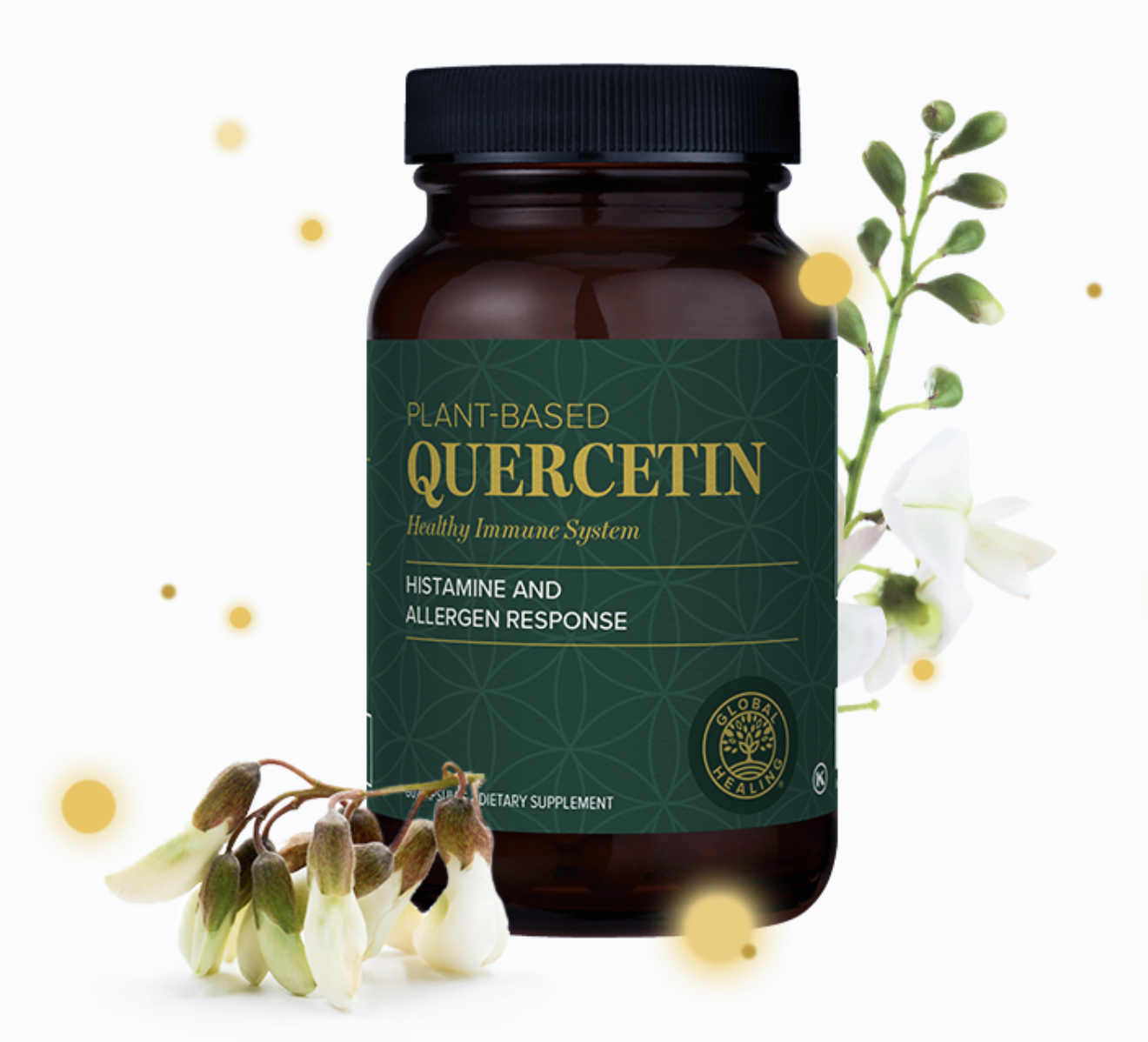The following article was published by one of our suppliers - Higher Nature, who have kindly allowed us to re-produce it. We endorse the explanation in this article as to why magnesium stearate is not dangerous as claimed by some writers, who as far as we are concerned don't really know what they are talking about.
Magnesium stearate is formed from the mineral magnesium and the fatty acid stearic acid. Stearic acid is commonly found in nature, in foods such as meat, fish, eggs, dairy products, grains, cocoa, olive and coconut oils. Beef fat contains between 9-16% stearic acid. Cocoa fat contains 10-12% of stearic acid, with a bar of chocolate typically containing 5g. By comparison, a dietary supplement capsule product contains between 0.25-1.5% stearic acid. So it has negligible biological activity because of the amount used.
Based on a significant body of evidence, the FSA (Food Standards Agency) has ruled that magnesium stearate is safe, with the FDA (Food and Drug Administration) approving levels below 2.5g of magnesium stearate/kg body weight/day. That means a 68kg person would have to consume 170g per day, which is far beyond any amount you would encounter in supplements.
Some tablets and capsules require minute amounts of processing aids, such as magnesium stearate to make the encapsulation/tableting processes possible and to achieve a high quality, stable capsule (or tablet) that is going to retain its properties until the end of its shelf life. Companies are not legally obliged to declare any processing aids on their product labels. However, we have a full transparency policy, thus providing our customers with as much information as possible. Because of our ethics, we only use the smallest possible amounts of vegetal magnesium stearate from non-GM, non-irradiated palm oil. This comes from sustainable crops which comply with EU and UK laws for absence of contaminants and pesticides.
Much of the misinformation over magnesium stearate has been generated by two specific studies. However, when looking closely at these studies it seems they were not at all relevant to supplemental products. The first study, published in 19851, suggested that magnesium stearate affects the absorption of nutrients. However, this study was only looking at products that contained Crospovidone, an excipient that helps certain drugs to dissolve in water. The results were therefore only relevant to food supplements or drugs that contain this particular excipient and had no bearing on products containing only magnesium stearate.
The other study causing concern, carried out in 19902, was not discussing orally ingested magnesium stearate in supplements. It was demonstrating that administering stearic acid (different from magnesium stearate) at high levels, could suppress the immune response. However, because stearic acid is converted to oleic acid in the body, there is no reasonable amount of dietary stearic acid that would be able to suppress the immune system.
Finally, it has been rumoured that magnesium stearate forms biofilms in your digestive tract, thereby interfering with absorption of nutrients and food. Once again, there is no evidence or proof to back this up. There is in fact science that shows stearic acid actually helps prevent the formation of biofilms by pathogenic microbes.3
We therefore conclude there is no scientific evidence or human studies to indicate that magnesium stearate has any negative effects on health or the bioavailability of supplements, at the quantities present in supplements.
1. Chowhan and Chi (1985). Pharmaceutical Technology 9(4): 28-41.
2. Tebbey, PW & Buttke, TM. (1990). Molecular basis for the immunosuppressive action of stearic acid on T cells.Immunology, 70(3), 379–386.
3. Soni KA, Jesudhasan P, Cepeda M, et al. (2008) Identification of ground beef-derived fatty acid inhibitors of autoinducer-2-based cell signaling. J Food Prot. 71(1):134-8.


